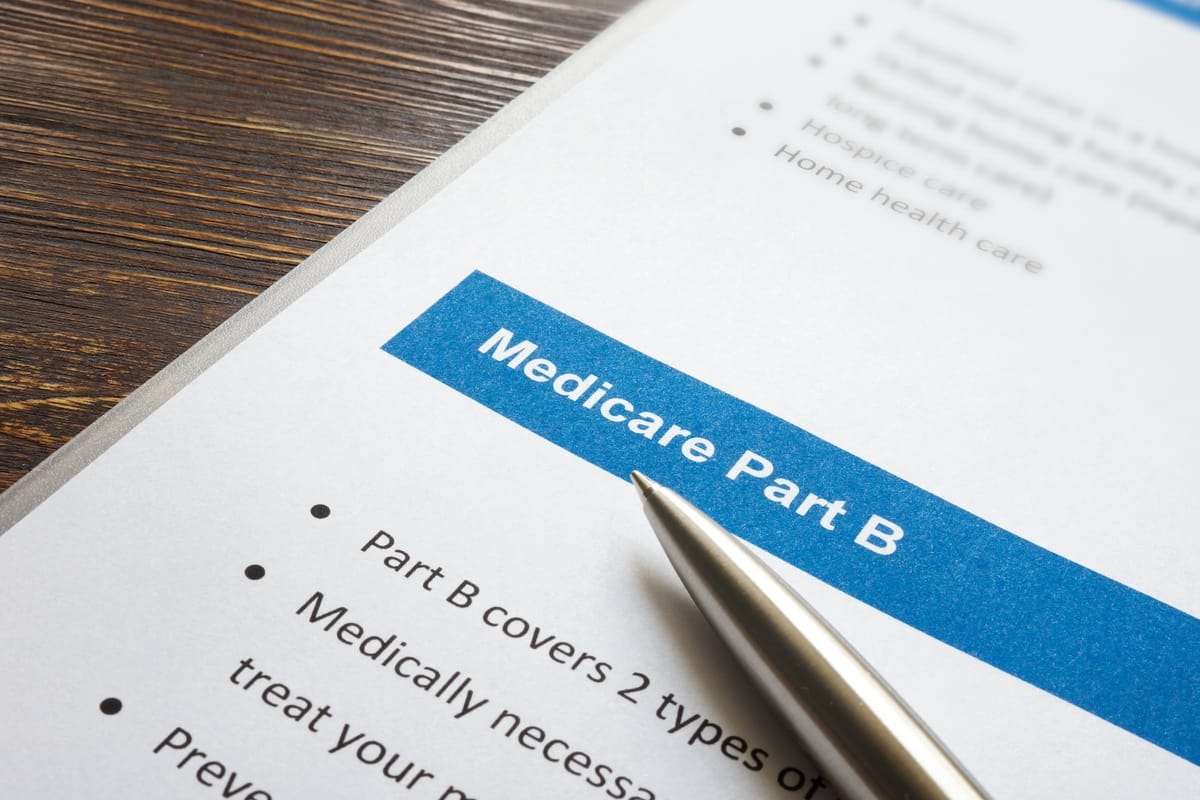

What is Medicare Part B?
Medicare Part B is a component of the Medicare program that provides coverage for outpatient and medical services. It is designed to help pay for medical costs that are not covered by Medicare Part A, which focuses on hospital insurance. Part B covers a wide range of services, including doctor visits, durable medical equipment, and preventive care.
Services Covered by Medicare Part B
Medicare Part B covers several types of medically necessary services and supplies. Here are some of the key services included:
- Provider Services: These are services provided by licensed health professionals, such as doctor visits and consultations.
- Durable Medical Equipment (DME): This includes equipment like walkers, wheelchairs, and oxygen tanks that are used in the home and certified by a healthcare provider as medically necessary.
- Home Health Services: These services are covered if you are homebound and require skilled nursing or therapy care.
- Ambulance Services: This includes emergency transportation to and from hospitals, as well as non-emergency transportation when there is no safe alternative and it is medically necessary.
- Preventive Services: These are screenings and counseling aimed at preventing illness, detecting conditions early, and maintaining health. Most preventive services are covered with no coinsurance.
- Therapy Services: Outpatient physical, speech, and occupational therapy services provided by Medicare-certified therapists.
- Mental Health Services: Coverage includes outpatient mental health services.
- X-rays and Lab Tests: Diagnostic tests and lab services are covered under Part B.
- Chiropractic Care: Manipulation of the spine is covered when medically necessary to correct a subluxation of the spine.
- Select Prescription Drugs: This includes immunosuppressant drugs, some anti-cancer drugs, anti-emetic drugs, dialysis drugs, and drugs typically administered by a physician.
Eligibility for Medicare Part B
Most people become eligible for Medicare Part B when they turn 65 years old. However, there are some exceptions that allow individuals to qualify earlier:
- Age 65: You are eligible if you are a U.S. citizen or an immigrant lawfully admitted for permanent residence and have been a resident for at least five years.
- Disability: If you have a disability certified by a doctor and are receiving Social Security or Railroad Retirement Board disability payments, you can enroll in Part B regardless of your age.
- End Stage Renal Disease (ESRD): Individuals with ESRD are eligible for Medicare Part B, even if they are under 65.
- Amyotrophic Lateral Sclerosis (ALS): People diagnosed with ALS are also eligible for Part B before the age of 65.
Enrollment Process for Medicare Part B
The enrollment process for Medicare Part B can vary depending on your circumstances:
- Initial Enrollment Period: You can enroll in Part B three months before your 65th birthday, the month of your birthday, or three months after. This is your initial enrollment period.
- General Enrollment Period: If you did not enroll during your initial period, you can enroll from January 1 to March 31 each year. However, this may result in late enrollment penalties.
- Automatic Enrollment: If you are receiving Social Security or Railroad Retirement Board disability benefits, you will be automatically enrolled in Original Medicare (Parts A and B) when you turn 65 or when you become eligible due to disability.
Costs Associated with Medicare Part B
While Medicare Part B provides comprehensive coverage, it is not free. Here are some costs you might incur:
- Premiums: You will need to pay a monthly premium for Part B coverage.
- Deductibles: There is an annual deductible that you must pay before Medicare starts covering your services.
- Coinurance and Copayments: After meeting the deductible, you may need to pay a percentage of the costs (coinsurance) or a fixed amount (copayment) for services.
Additional Coverage Options
Beyond Original Medicare, there are additional coverage options available to enhance your benefits:
- Medicare Advantage (Part C): Offered by private insurance companies, these plans bundle Parts A and B with prescription drug coverage (Part D) and may include additional benefits like vision, dental, and hearing care.
- Medigap: These supplemental insurance plans help cover costs not covered by Original Medicare, such as premiums, deductibles, and copays.
- Part D: If you are enrolled in Original Medicare, you can add a Part D plan for prescription drug coverage. Part D is often included in Medicare Advantage plans.
AARR Summary
Understanding Medicare Part B is crucial for navigating the healthcare system effectively, especially as you approach or have passed the age of 65. By knowing what services are covered, how to enroll, and the associated costs, you can make informed decisions about your healthcare coverage.
Dues are $12 per year. Member benefits:
✅ Ad-Free Website Viewing
✅ Advocacy for Republican Seniors
✅ 120+ Senior Discounts
✅ Member Only Newsletters